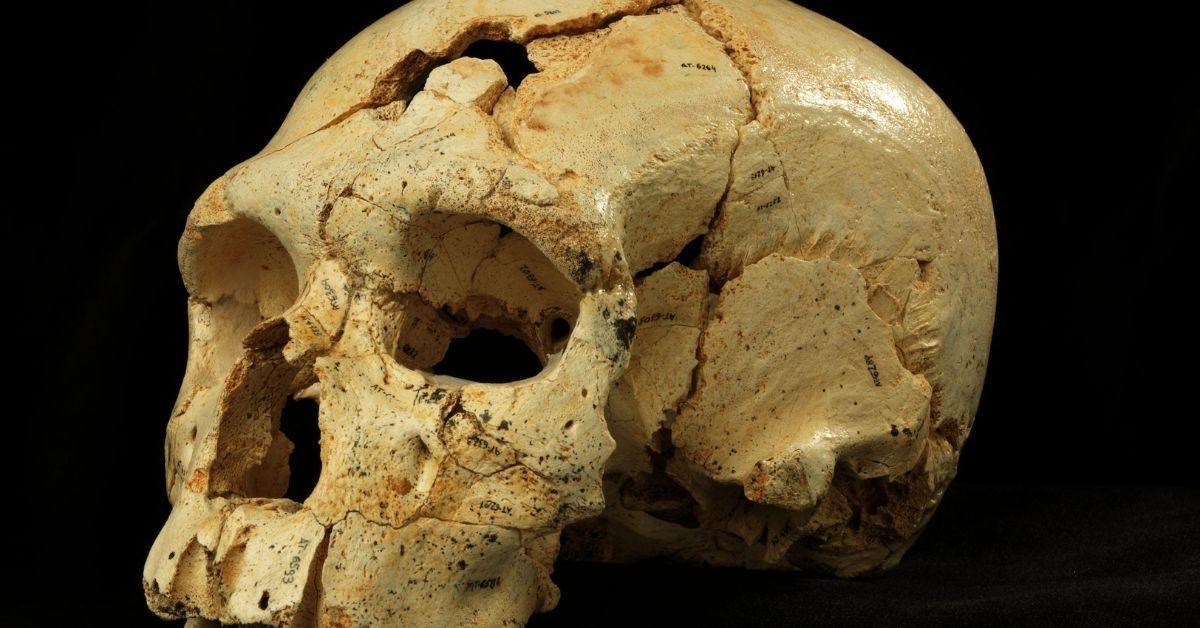Think craft beer is a “millennial” or new-age “hipster” thing? Science says (in ironically hipster fashion) that our Eastern Mediterranean ancestors did this way before us — 13,000 years ago, to be precise.
A prehistoric pub, perhaps?
Recently published findings in the Journal of Archaeological Science: Reports reveal archaeological evidence of beer brewing at least 5,000 years earlier than previous estimates. Researchers from Stanford University in the USA and the University of Haifa in Israel examined three stone mortars retrieved from Raqefet Cave, a Natufian burial cave site. The team found that the mortars were not just used for storing food, but also for brewing beer from wheat and barley.
The Natufians were a semi-sedentary group of hunter-gatherers that emerged sometime between 13,050 to 7,550 BCE in the Levant region. According to the evidence, the Natufians used Raqefet Cave as a storage site for seeds and plants — and apparently, a brewery as well.
The researchers based their study on five seasons of excavations and various evaluation methods, including experimental archaeology, contextual examination, and use-wear and residue analyses. They found evidence of at least seven plant types in the mortars. Aside from the aforementioned wheat and barley, the mortars also showed traces of oat, legumes, and bast fibers. The Natufians used containers made from fiber to store plant foods in their boulder mortars. Meanwhile, they set up bedrock mortars for preparing plant foods and beer brewing.

Stone-aged social drinking?
As amusing as it may be to picture, though, they probably didn’t do this to celebrate with friends or get over a broken heart.
“Alcohol making and food storage were among the major technological innovations that eventually led to the development of civilizations in the world, and archaeological science is a powerful means to help reveal their origins and decode their contents,” according to study author Dr. Li Liu of Stanford’s Department of East Asian Languages and Cultures.
If anything, these findings suggest that Natufians had far more intricate social practices and rituals than previously thought.
Additionally, beer brewing could have been part of the reason why they cultivated cereals in the region. Indeed, the discovery of Natufian beer brewing sheds even more light on how Natufians survived and innovated.
“We exposed a Natufian burial area with about 30 individuals; a wealth of small finds such as flint tools, animal bones and ground stone implements, and about 100 stone mortars and cupmarks,” shared Prof. Dani Nadel from the University of Haifa’s Zinman Institute of Archaeology. The burial sites yielded skeletons preserved well enough to provide dates and DNA, as well as evidence of wake-like ceremonies with flowers.
“The Natufian remains in Raqefet Cave never stop surprising us.”
The next time you take a sip of craft beer, savor it. After all, at least 13,000 years of work went into that.
Cover photo: Michelle Riach/Pexels.com
References:
- https://www.sciencedaily.com/releases/2018/09/180912111907.htm
- https://www.sciencedirect.com/science/article/pii/S2352409X18303468?via%3Dihub
Author: Mikael Angelo Francisco
Bitten by the science writing bug, Mikael has years of writing and editorial experience under his belt. As the editor-in-chief of FlipScience, Mikael has sworn to help make science more fun and interesting for geeky readers and casual audiences alike.







